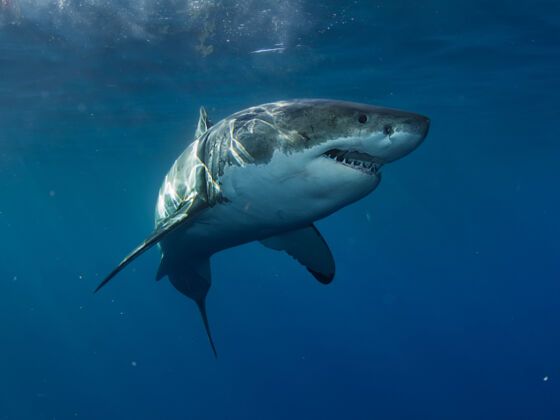“Shark! SHARK! Get down, now!”
We each took a healthy breath and disappeared beneath the Indian Ocean. Two Great Whites sashayed just inches in front of us in rapid succession. Minutes later, another sprinted past in search of a morning snack.
Despite the fact that our guide’s instructions to head into the water when a shark was coming seemed a bit, well, counterintuitive, we’d obeyed without question. After all, we’d paid money to get close to Great Whites…in their natural environment.
Diving with sharks is often considered an extreme adventure activity. But instead I found it to be an educational — and yes, thrilling — way to gain an understanding of the creatures that have stricken fear in millions due to movies like Jaws and media reports of shark attacks.
